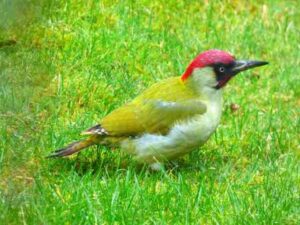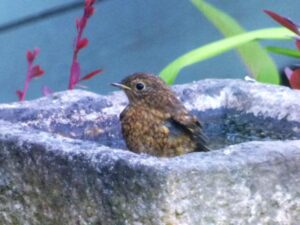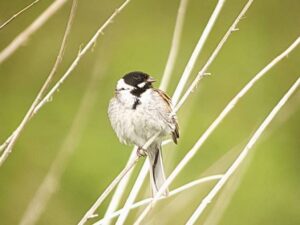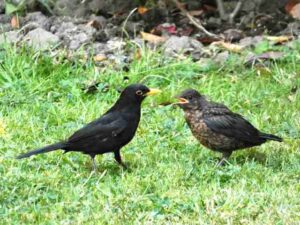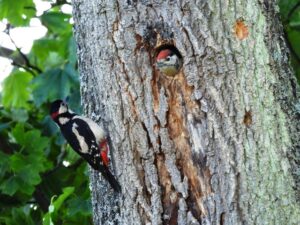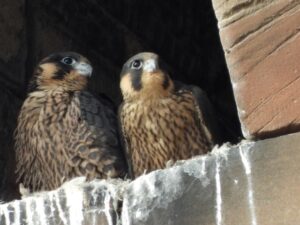Hugh’s News – 16 June 2020
Step by step, the country is slowly coming out of lockdown. We will all take on the permitted changes at our own pace. I am certainly in no rush to go to MacDonald’s or Cheshire Oaks!
As Joyce refers to, in the meantime we can continue with our local walks and enjoy our gardens if you have one. A recent study by Natural England found that 87% of people when asked, agreed with the statement “Being in nature makes me very happy”, with nearly half agreeing strongly. I hope that your involvement with Wirral Bird Club is helping you in a small way through these strange times.
One piece of positive news this week is that Burton Mere Wetlands reserve has re-opened, albeit with restrictions on car parking spaces (in order to limit visitor numbers); and the Visitors’ Centre and hides remain closed. So you may wish to delay your visit for a little while.
Continuing the theme from last time of the new generation of birds, I came across a group of four young Swallows being fed by their busy parents. As the adults returned to the brood, they passed the food into the begging mouths before in a flash speeding off again to catch more prey on the wing. It must have been hard work, but it appeared to be successful. In the same area, a Sedge Warbler, with its distinctive white stripe (or supercilium, to give it its proper name) above the eye, was still belting out its excited song. A male Reed Bunting perched nicely for me too, but didn’t produce his short, simple song.
Barry has seen 3 partially leucistic Blackbirds in his garden. This phenomenon occurs when the feathers lack the normal black melanin pigmentation, and is not that rare in several bird species such as Blackbirds, corvids and House Sparrows for example. Leucism is different from true albinism, which is much rarer. Many of you may have seen birds similarly affected. What I was unaware of though, until I researched for this article, was that the leucistic trait may be partially hereditary, which may explain the number of examples in Barry’s garden. You see, I am still learning about birds, I don’t know everything!
A member of the public sent us a photo of a Jay feather that she had come across. The vivid blue stands out so markedly, it could really only be from a Jay. It is a pity these are normally such shy birds!
Talk again soon. Stay safe.
Hugh Stewart
